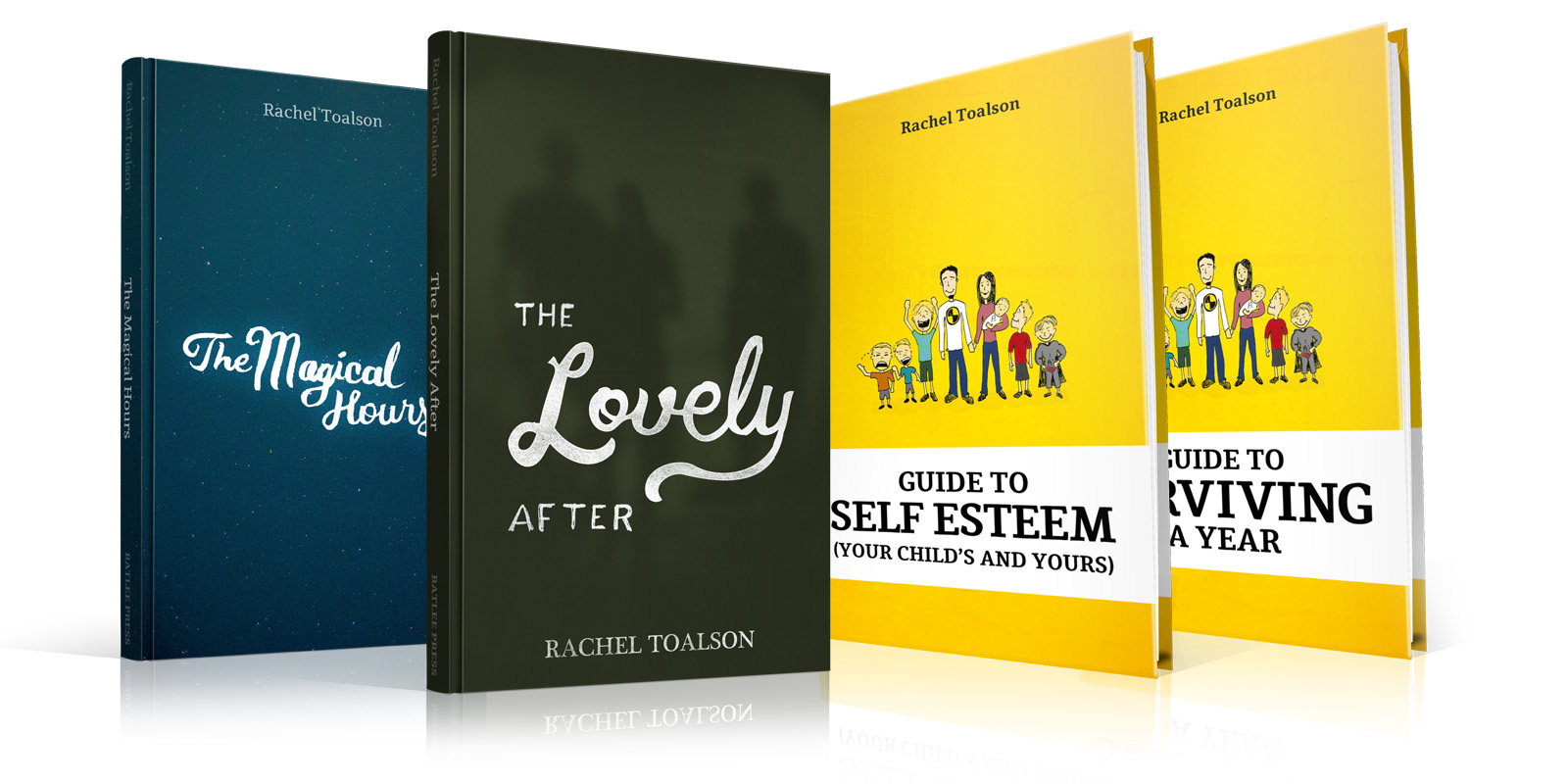Is it better to self-publish or traditionally publish? Well, the answer is both. But it depends on the project.
Here’s a guide for the pros and cons of publishing, as far as what I know today.
1. The book release.
In traditional publishing, someone else takes care of the book release. With self-publishing, it’s all up to us.
This is a big one, for me. Right now I’ve released 16 books, and each of them probably took a total of about 30 additional hours to complete, beyond the writing part. Those hours were spent on things like fine-editing, writing book descriptions, getting them uploaded in all markets, writing marketing material, compiling them for print. If we don’t enjoy the technical side of the equation (I’m don’t!), self-publishing can seem daunting.
It’s not easy learning all that needs to be learned in order to self-publish. It’s also not quick. It’s an investment of our time, in our business. Our first few releases will take much longer than the ones that come later, because the learning curve is pretty high. But once we learn it, publishing will get much easier.
Of course, with traditional publishing, we don’t have to worry about learning any aspects of publishing, because someone else does it all for us (except for marketing. But I’m getting ahead of myself).
2. Book elements.
With self-publishing, we have more control over all the elements of our book. This would be anything from the revision process to the way the cover looks. In traditional publishing, we don’t get to pick things like who we want to design the front cover of our book. I can’t go to an agent or an editor and say, “Hey, my husband designs book covers, and I’d really like him to design this one.” Nope. They have their own people in mind.
But I can do that when I’m in charge of all aspects of book publishing.
Now, the downside to this is that if something is off—if the cover isn’t perfect but we think it looks great (because we don’t really have much expertise in design), we won’t know except by sales that just aren’t there. If there’s a typo in our book, it’s up to us. It’s not up to an editor at a publishing house.
That can feel like a lot of pressure.
When I was about to publish my books, I had a really hard time releasing them. I sat on them for weeks, because it was just so scary to release something on my own, without the benefit of having lots of eyes (agents, editors, book designers) who may have found a glaring mistake that I missed after looking it over a hundred times. Unfortunately, readers are not as forgiving when it comes to book errors if you’re a self-published author. They’re much more forgiving if you’re a traditionally published author, because they know it’s probably not your fault.
So if you’re going to self publish, the manuscript should be as close to perfect as it’s ever going to get.
3. The revision process.
In self-publishing, we have full control over the revision process. This can be a good thing. Who wants to spend years and years on a book, only to hear that someone thinks it would sell better if we took it out of first-person point of view even though we disagree? On the other hand, what if that information is correct, and we don’t have someone telling us?
As self-publishers, we have much more control over the revision process of our manuscript, but we also lose that contact with other people who really do know what they’re talking about. A middle grade novel I wrote is currently in the revision process with an agent, because she noticed something that could have added depth to the book. And she was right. I’m so glad she pointed it out. If I were just self-publishing the book, I might have missed adding that layer of significant meaning to my book.
And every time I get a revision request for a manuscript, I learn something new that I can apply to my self-published titles as well (which is why I enjoy being a hybrid author).
4. Marketing.
Unfortunately, there’s not much difference here between self-publishing and traditional publishing. Publishers no longer take care of advertising and marketing for their published authors, so you’re on the hook for building your own platform, either way you decide to publish.
5. Distribution.
National book sellers (the non-virtual kind) will not acquire your book unless you’re published through a traditional publisher (or unless you become a best-selling self-published author, which is possible, but not statistically likely). If you’re self-published, you can get those titles online as ebooks (and also pay to have them sent to people who might want to have a hard copy—but your margin of profit is much smaller on those), but you will never see them on the shelves of book stores and libraries across the nation without a significant amount of marketing dollars and work on your part. And usually not even then.
Some people think that bookstores will be gone in the future, and we’ll just be buying books online, so maybe this doesn’t even matter. I like to think bookstores will be sticking around, and I want to have at least a few of my books on their shelves. So I’ll keep trying for traditional publishing.
6. The representation process.
The representation process tied to traditional publishing can take a really long time. Years for some projects. Sometimes this is enough of a negative in itself. To research a handful of agents who might like my book, produce a query letter, ready the manuscript for submission and write a synopsis probably took about 30 hours start to finish. I’m not guaranteed a return for those hours like I am if I just self-publish and spend those hours writing marketing copy. And then it’s a waiting game from there. I’ve been sitting on my middle grade novel since January, still waiting to hear if two different agents want it.
7. The feeling of accomplishment.
I’d say this is the same for both. While it’s really encouraging to have someone interested in your book, to let you know that it’s not just you who thinks it’s pretty awesome, it’s also very satisfying to see your book in print and know that you did it ALL. So, either way, it’s a win.
8. Let’s not forget money.
As a self-published author, I get to keep much more of my profit (when I’m not giving books away for free). I can also give books away for free, if I choose to. In traditional publishing, you’ll get an advance (a sum of money that will “pay” for the writing of your book—usually not much if you’re a first-time author). After that advance, you won’t get any money until the publishing house recoups the publishing and distribution costs. So it could be a long time before you see any money from that. And even if you start making sales money again, the publishing house takes a cut, and so does your agent.
Of course you don’t get to keep all the money from self-publishing either—about 70 percent or less of the price of your book, because places like Amazon and Barnes & Noble have to pay to have your books displayed and included in search engines. But what you make, percentage-wise, is much more than you’d make publishing traditionally (only about 3-5 percent).
Now it’s up to you to decide: self-publish or traditionally publish?
Week’s prompt
Radio


